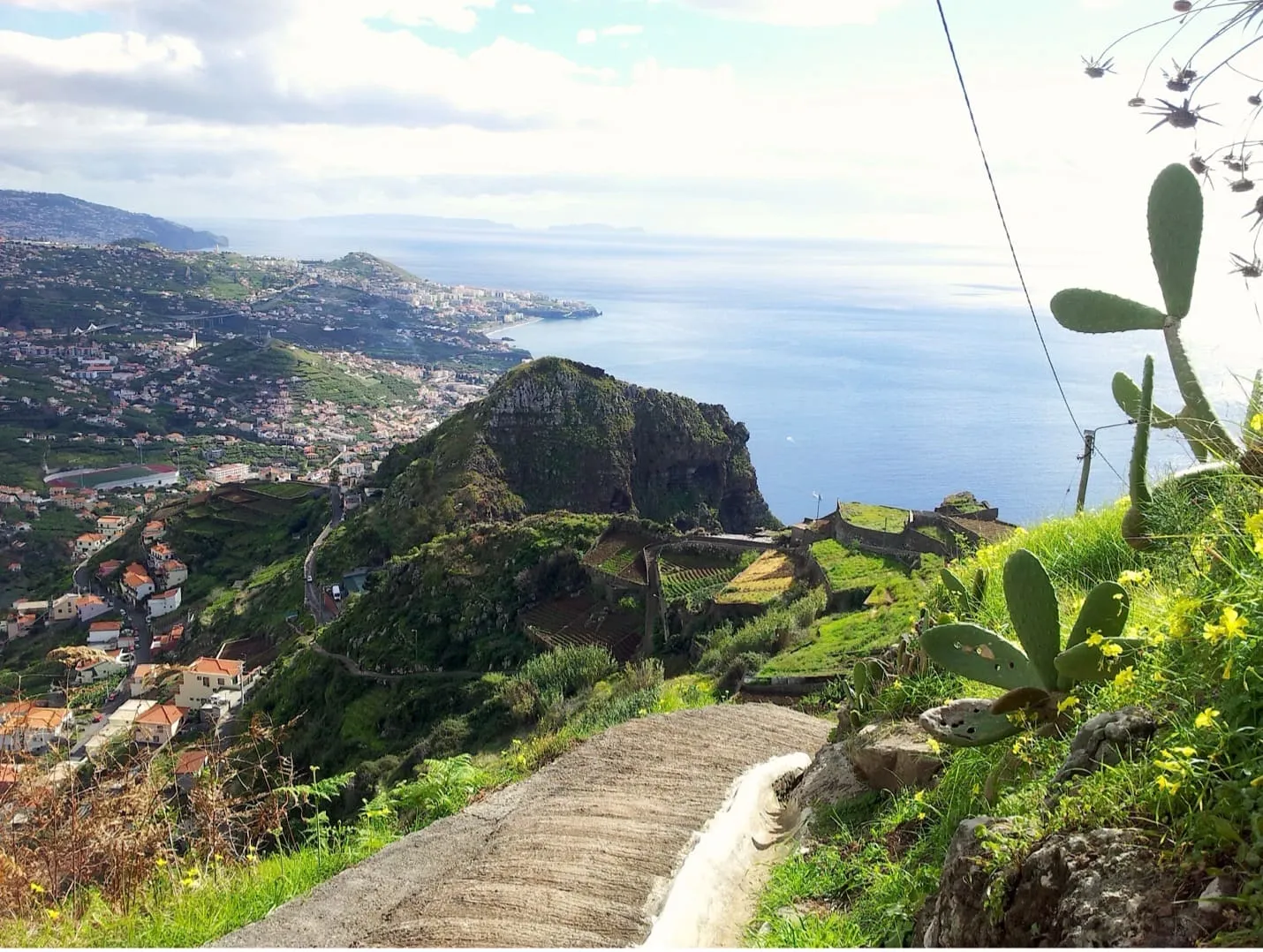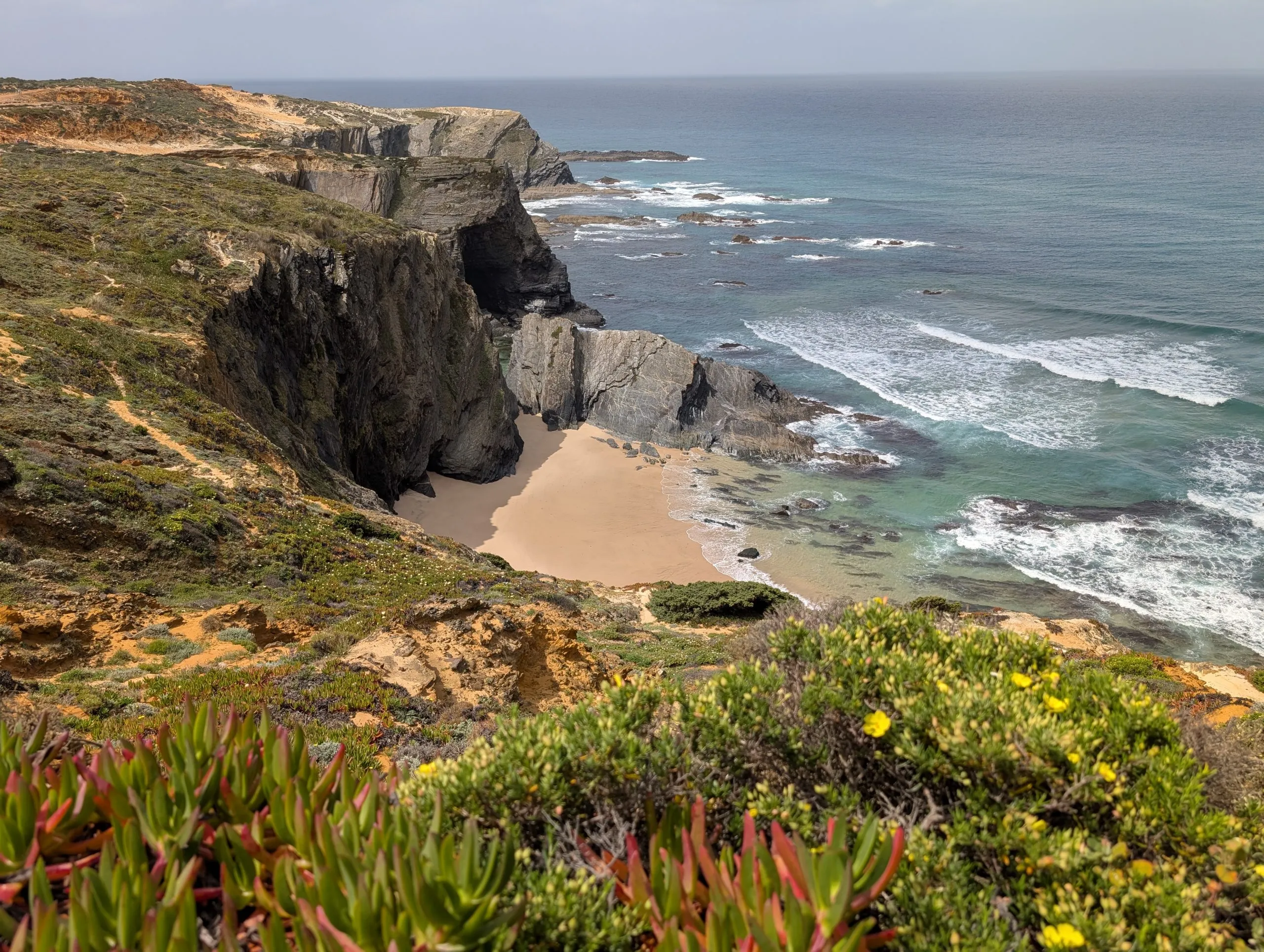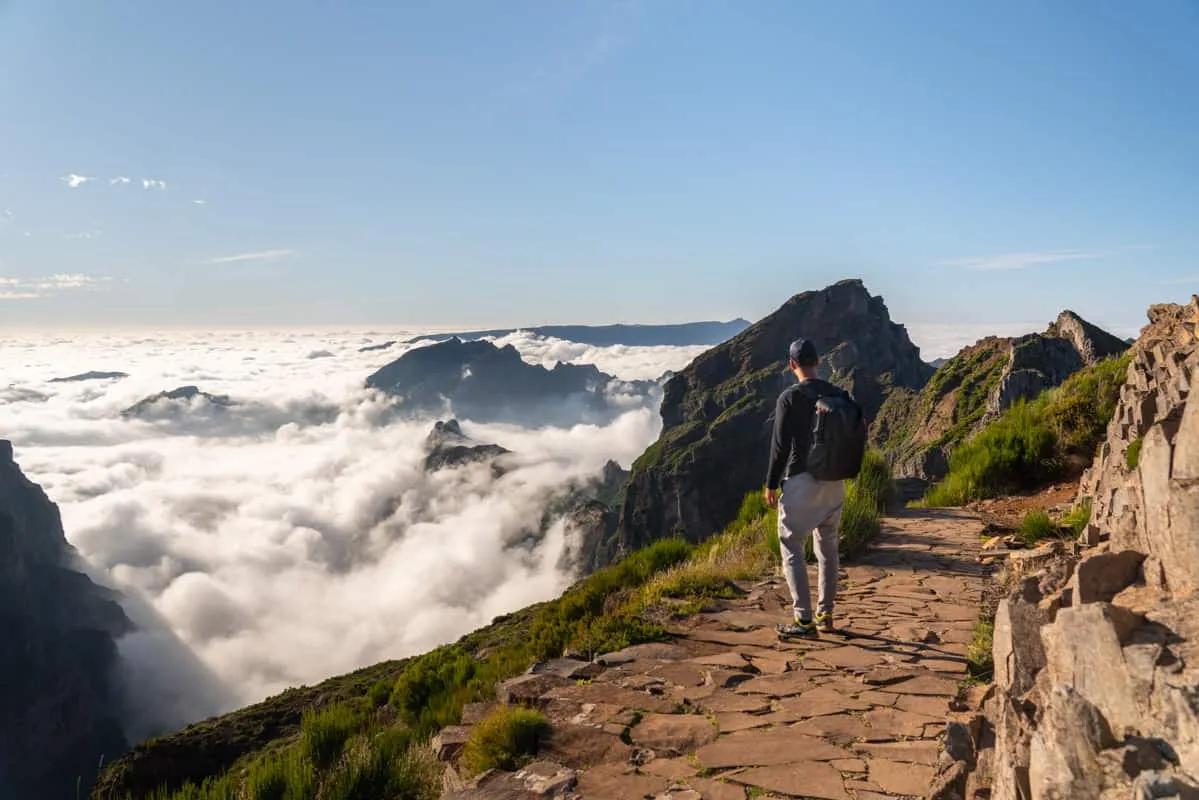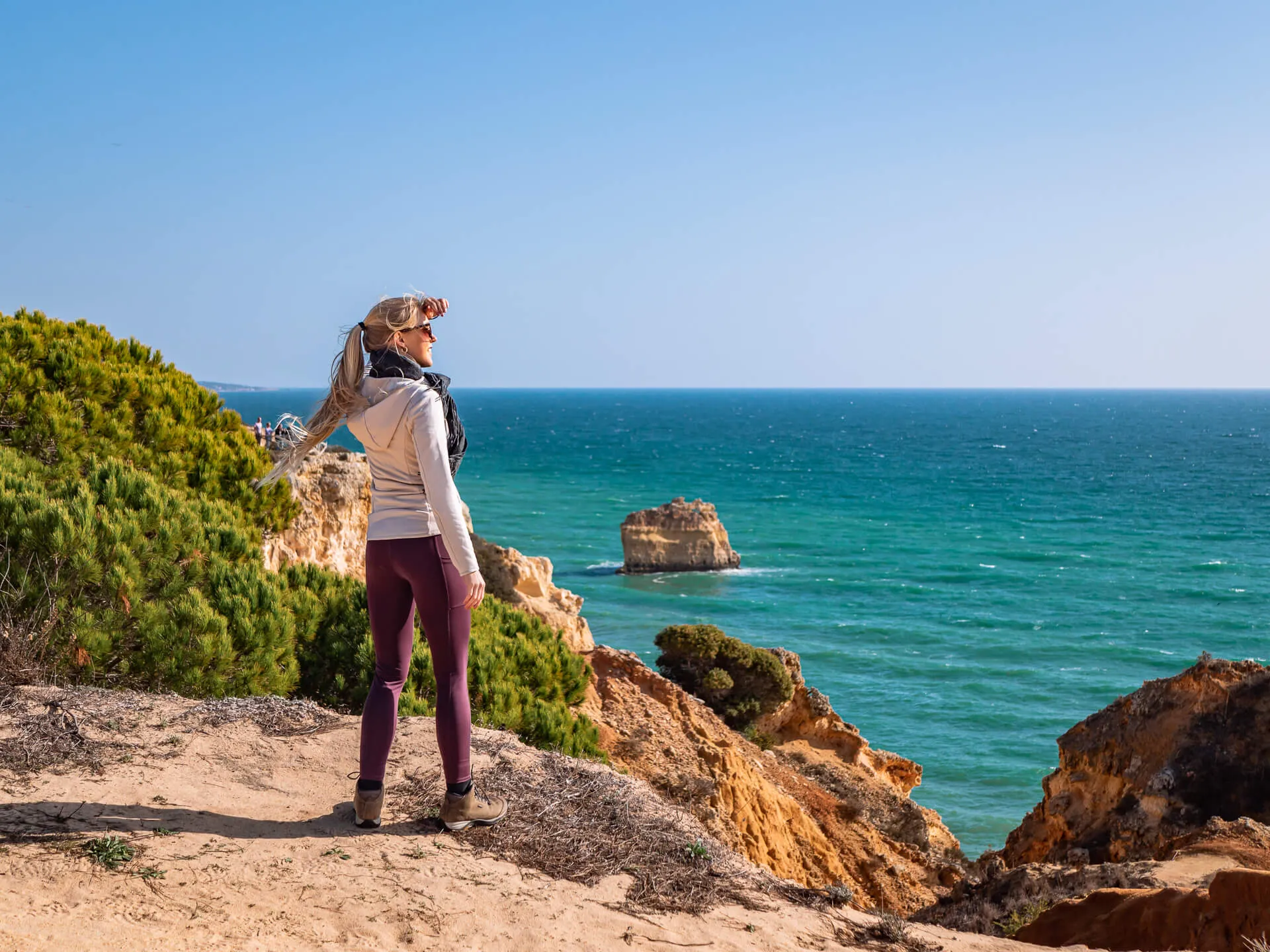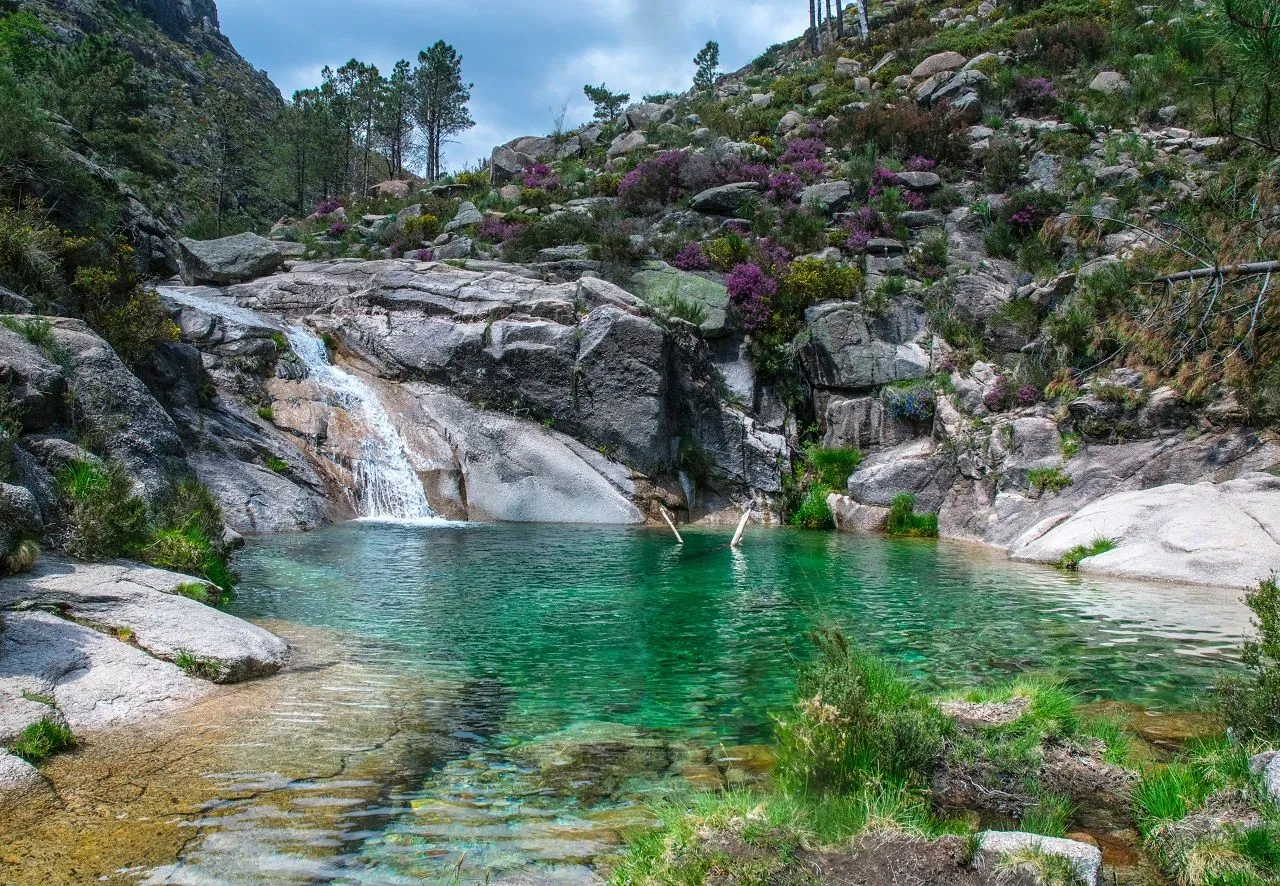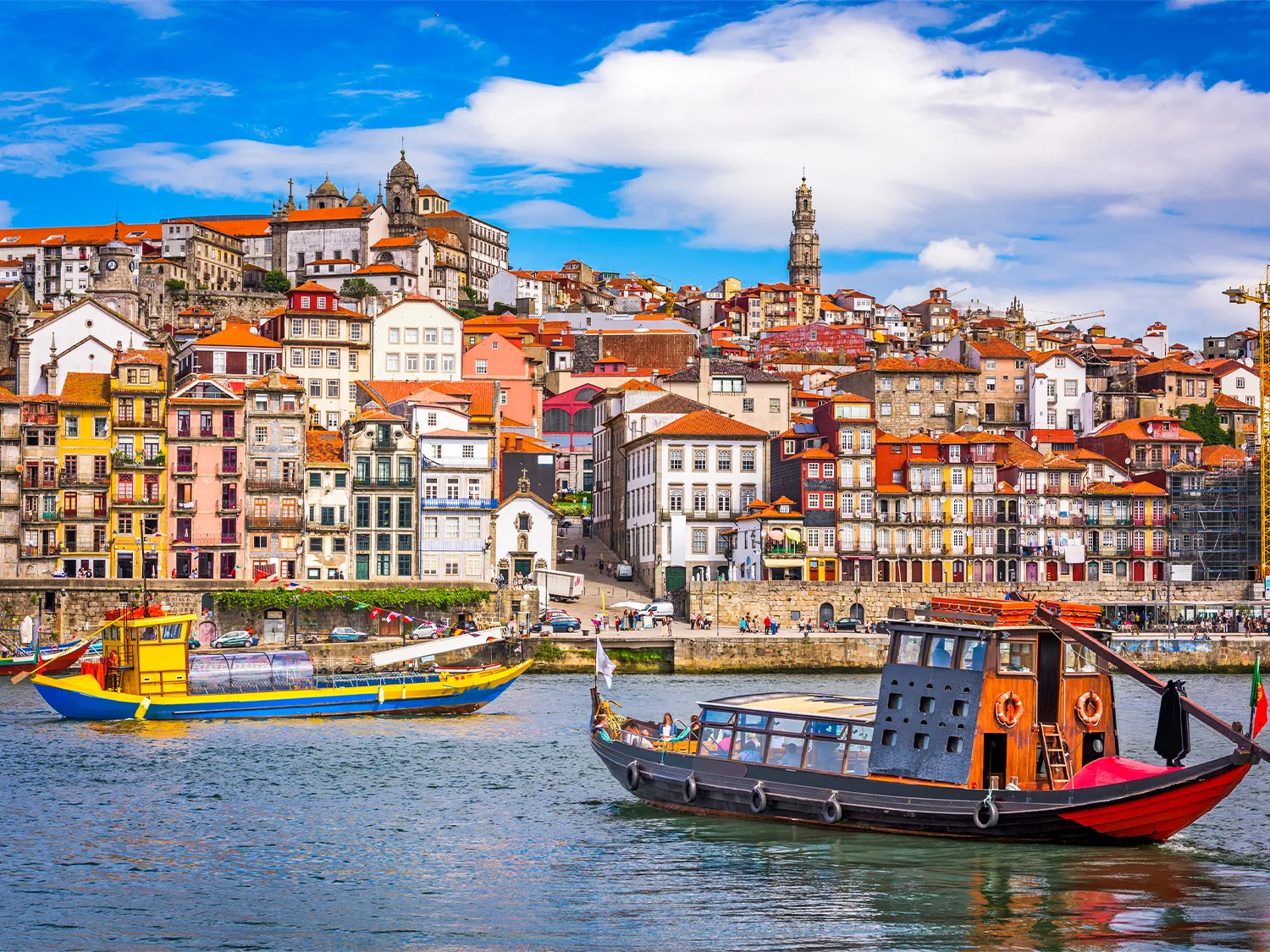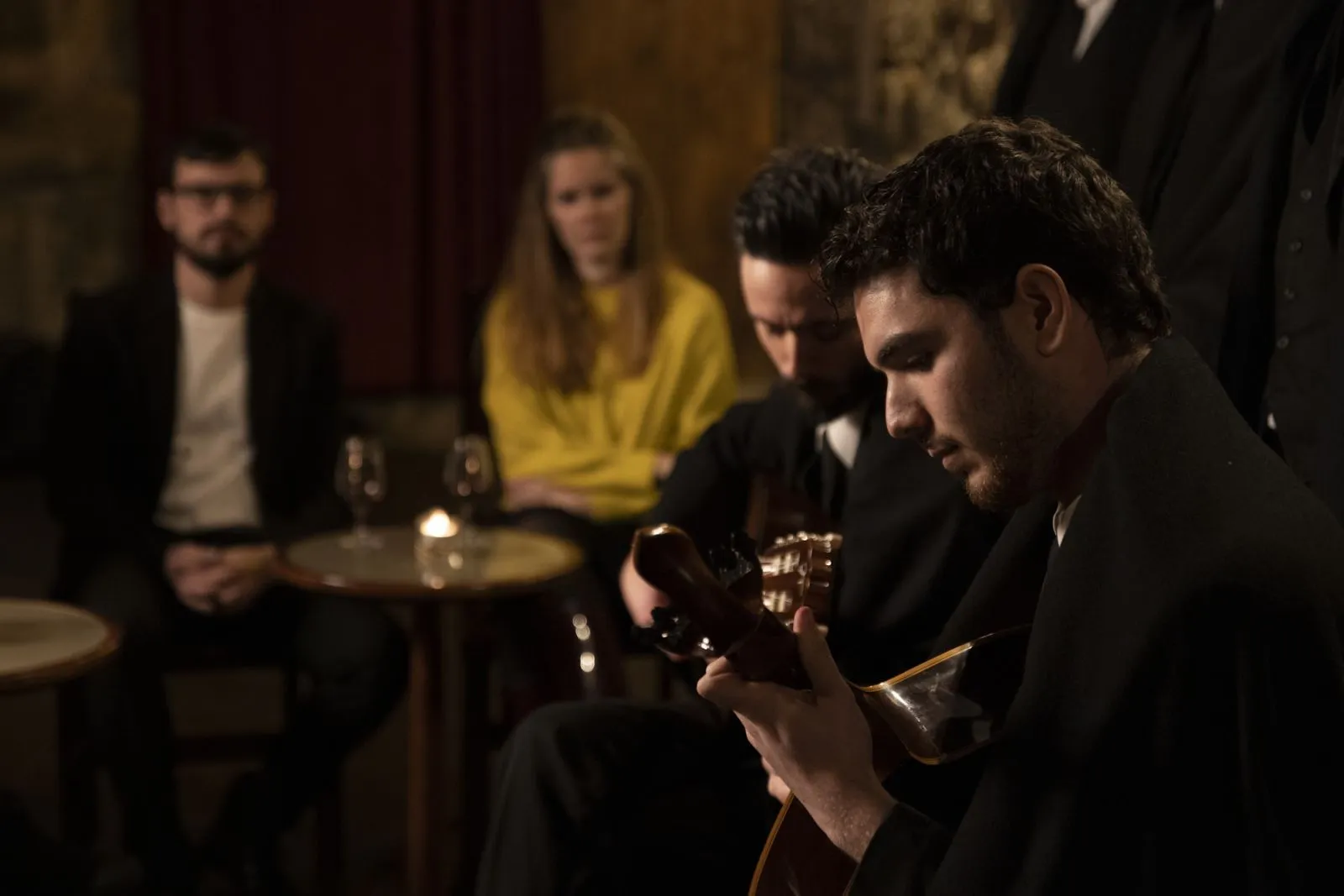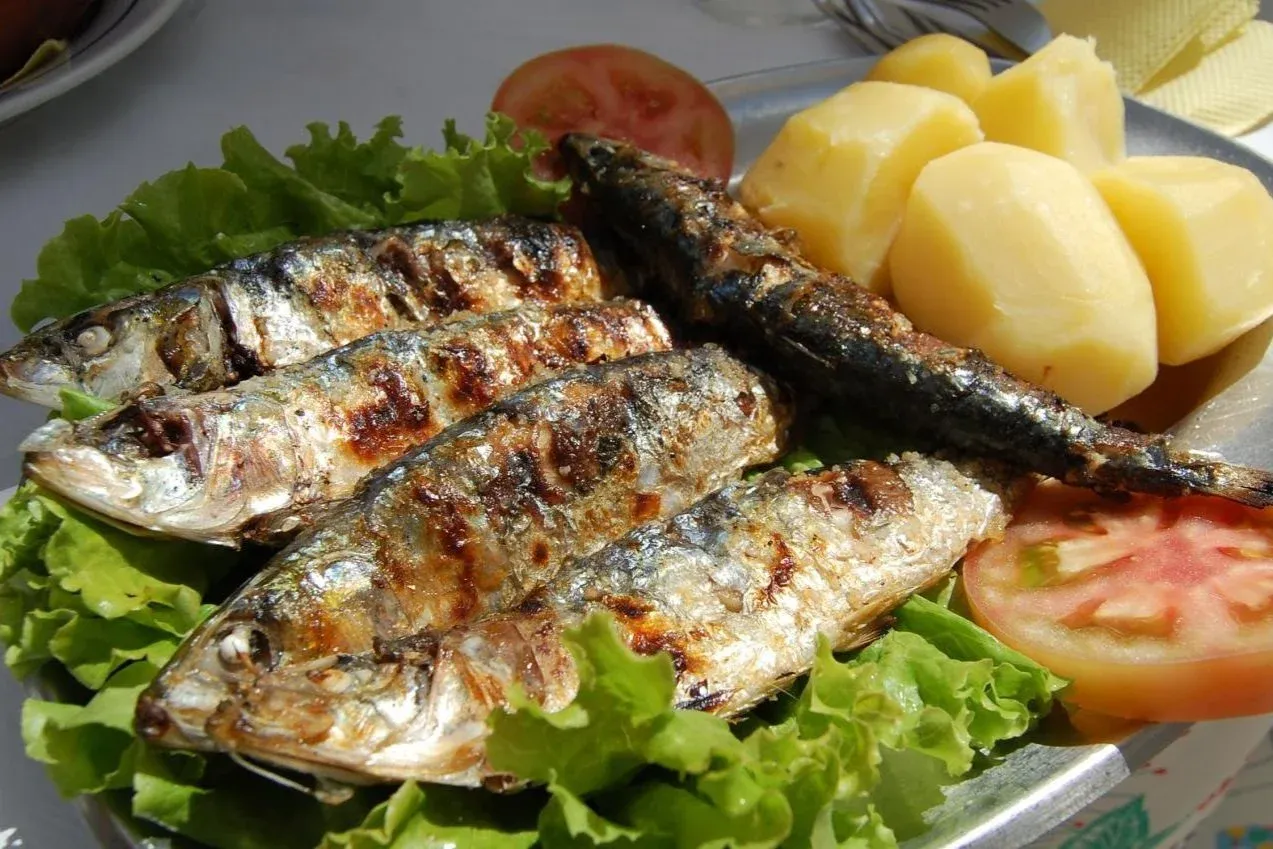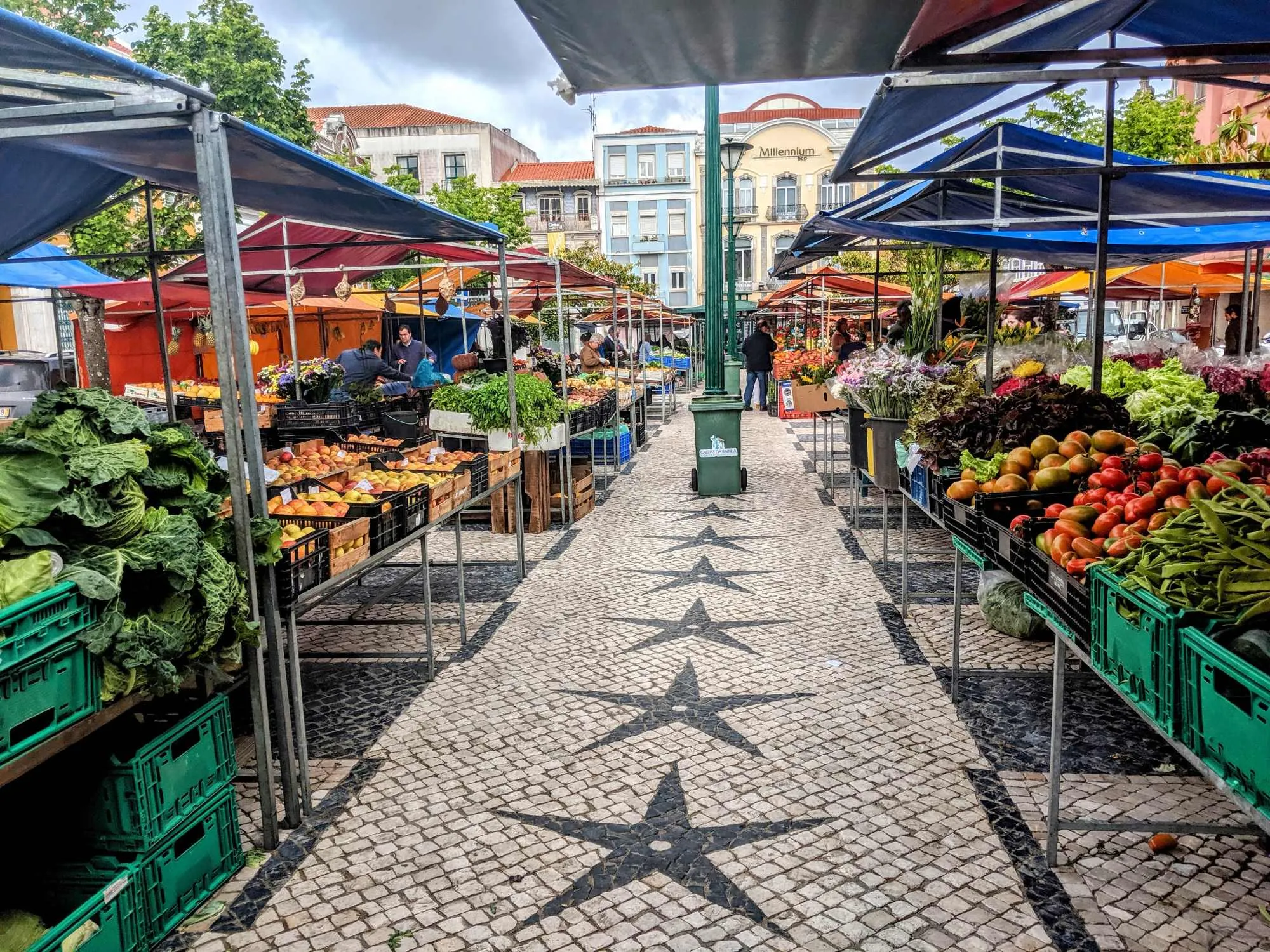Portugal hiking offers an incredible diversity of world-class trails that can satisfy any appetite for adventure, from casual day-hikers to seasoned long-distance trekkers. After personally logging over a hundred miles on Portuguese trails—from the volcanic peaks of Madeira to the sun-baked cliffs of the Algarve—I can confidently say this country delivers some of Europe’s most spectacular hiking experiences. A comprehensive 2025 study of Europe’s top routes confirmed what many are discovering: Portugal offers some of the continent’s most rewarding trails. The GR22, for instance, was named Europe’s best, scoring an incredible 98.59 out of 100.
When to Go: The Best Time for Portugal Hiking
Choosing the right time for your Portugal hiking adventure is critical and depends heavily on which region you plan to explore. The weather patterns on the mainland differ significantly from those on the Atlantic islands of Madeira and the Azores.
For mainland Portugal, including the Alentejo, Algarve, and northern regions, the shoulder seasons are unequivocally the best. Spring (March to May) and fall (September to November) offer the most comfortable temperatures, typically ranging from 60-75°F (15-24°C), which is ideal for long days on the trail. Spring is particularly magical as the countryside comes alive with blooming wildflowers and lush greenery. Fall brings warm, golden light, sunny days, and the significant advantage of fewer crowds on popular routes.
Summer should be approached with caution on the mainland. While coastal areas remain pleasant thanks to Atlantic breezes, inland regions like the Alentejo can become extremely hot, with temperatures often soaring above 85°F (30°C), making midday hiking dangerous and unpleasant. Winter is mild but can be rainy, especially in the north.
Madeira, known as the “Island of Eternal Spring,” boasts a subtropical climate that makes hiking a year-round possibility. The sweet spots are spring and fall, with temperatures sitting comfortably between 65-75°F (18-24°C). Even in summer, the island’s elevation and cooling ocean breezes prevent the oppressive heat found on the mainland.
The Azores have a unique maritime climate with mild temperatures year-round but high unpredictability. For the most stable and driest weather, summer (June to September) is your best bet, with temperatures around 70-77°F (21-25°C). This is ideal for tackling the archipelago’s iconic crater lakes and volcanic peaks when clear views are most likely.
Essential Gear for Hiking in Portugal
A generic packing list won’t cut it for hiking in Portugal. The country’s unique terrain—from deep coastal sand to slippery levada paths and mountains of stairs—demands specific gear based on my own hard-won experience and expert recommendations.
The absolute non-negotiables include well-broken-in, lightweight hiking boots or trail shoes with excellent grip, wool or synthetic hiking socks to prevent blisters, and proper clothing layers including synthetic t-shirts, long-sleeved shirts for sun protection, a lightweight fleece, and waterproof/breathable rain gear. A comfortable daypack (20-30 liters) with a hip belt is essential, along with the capacity to carry at least 2 liters of water.
My trail-tested essentials that will elevate your experience include trekking poles—absolutely crucial for the Fishermen’s Trail’s deep, soft sand and Madeira’s endless staircases. Don’t even think about hiking these trails without them. A headlamp or phone with a power bank is non-negotiable for Madeira’s levada walks, as some tunnels are long, dark, and have uneven, wet ground inside.
Short gaiters were a game-changer on the Rota Vicentina for keeping sand out of my boots, and a water flavor enhancer makes staying hydrated much more pleasant when rural tap water has a strong taste—a small trick that makes a big difference over multi-day treks.
Safety Tips for Hiking in Portugal
Portugal’s trails are generally safe and well-maintained, but combining official government advice with on-the-ground wisdom from fellow hikers is essential for staying safe.
Be extremely cautious on coastal trails, particularly in the Algarve, where limestone cliffs are in constant erosion and falling rocks pose real hazards. Obey all warning signs—ignoring them can result in hefty fines. From April to October, wildfire risk is high, especially during hot, dry periods. Familiarize yourself with local emergency procedures, check the daily fire risk index online, and never hesitate to call 112 if you see a fire.
For Madeira and Azores hiking, narrow, uneven paths and steep drop-offs present particular challenges. Always check trail conditions before setting out, especially after rain when paths become incredibly slippery and unstable. Leave your itinerary with your hotel and consider hiking with a guide in more remote areas.
Navigation-wise, while GPS and phone apps are great, always carry physical maps or offline maps as a backup. Treat “hot spots” on your feet immediately with moleskin before they become full-blown blisters, and whenever possible, hike with a buddy, especially on remote trails.
Getting to Portugal for Your Hiking Adventure
Several major airlines, including TAP Air Portugal, United Airlines, Delta, and American Airlines, offer direct flights from major US hubs to Lisbon and Porto. For the Azores, direct flights to Ponta Delgada on São Miguel Island are available, particularly during summer months.
Once in Portugal, rental cars provide the most flexibility for reaching trailheads in remote regions like Peneda-Gerês and for exploring the islands at your own pace. For popular long-distance trails, Portugal’s bus system is excellent—the Rede Expressos network efficiently connects coastal towns like Porto Covo, the starting point for the most popular section of the Fishermen’s Trail.
For point-to-point hikes where you start in one location and end in another, arranging taxis or pre-booked transfer services solves the logistical headache of getting back to your car and is a common practice among hikers.
The Atlantic Coast: Rota Vicentina & Fishermen’s Trail
The Rota Vicentina is Portugal’s premier coastal long-distance trail—a journey of solitude, immense natural beauty, and physical challenge. Stretching over 450 km through the protected Southwest Alentejo and Vicentine Coast Natural Park, it’s officially certified as one of Europe’s best walking trails.
The crown jewel is the Fishermen’s Trail (Trilho dos Pescadores), a single-track path clinging to cliffs and following routes used for centuries by local fishermen. This demanding but profoundly rewarding experience of coastal hiking in Portugal takes you through deep sand dunes, dramatic red cliffs, and past storks nesting on sea stacks just offshore.
The most significant and frequently underestimated challenge is the sand. Much of the trail, especially northern sections out of Porto Covo, consists of deep, soft sand that makes for slow, energy-sapping progress. One hiking couple reported taking three hours to cover just 3.4 miles on one particularly sandy stretch. This is where trekking poles become indispensable—not for elevation, but for balance and propulsion.
The rewards are immeasurable: golden beaches, turquoise waves, dramatic cliffs, hidden coves accessible only on foot, and ecosystems with plants found nowhere else on earth. The trail is exceptionally well-marked with distinctive blue and green stripes representing sea and land, making navigation straightforward.
Volcanic Islands: Hiking in Madeira & The Azores
Stepping onto Madeira or one of the Azorean islands feels like entering another world. These volcanic archipelagos offer hiking experiences completely distinct from mainland Europe, with subtropical laurel forests, dramatic calderas, and landscapes that feel raw and prehistoric.
Madeira is crisscrossed by a unique network called levadas—ingenious irrigation channels dating back to the 16th century, with maintenance paths forming over 1,350 miles of hiking trails. These Madeira levada walks guide you through otherwise inaccessible terrain.
The island’s crown jewel is the Pico do Arieiro to Pico Ruivo trail (PR1), a spectacular high-altitude traverse between Madeira’s third-highest and highest peaks. This challenging 11 km route involves over 1,000 meters of elevation gain, composed almost entirely of steep staircases carved into rock. You’ll pass through dark tunnels carved through mountains and climb infamous metal staircases bolted to cliff faces, earning the nickname “Staircase to Hell” from some hikers.
The Azores archipelago offers iconic hikes like the Sete Cidades Crater Hike, a 12 km point-to-point trail along a massive volcanic caldera rim with legendary twin lakes—one blue, one green—shimmering below. Views are entirely weather-dependent, so checking live webcams at viewpoints before setting out is essential.
The Algarve: Sun-Kissed Clifftop Hikes
While famous for golden beaches and resort towns, the Algarve offers world-class coastal hiking along dramatic ochre-colored limestone cliffs and hidden sea caves with breathtaking turquoise waters.
The Seven Hanging Valleys Trail consistently ranks as one of Europe’s most beautiful coastal walks. This 3.7-mile one-way trail between Praia da Marinha and Praia de Vale de Centianes passes over “hanging valleys” formed by ancient rivers. You’ll peer down into the famous Benagil Cave from the clifftop and walk past the iconic double sea arch at Praia da Marinha with numerous sea stacks rising from the turquoise water.
Strategic timing is key—start at the western end early in the morning when the trail is quieter, hiking east with the sun at your back. The limestone path can be uneven and slippery, so shoes with good grip are essential, and pack plenty of water as there’s virtually no shade on the entire route.
The Mountainous North: Peneda-Gerês National Park
Portugal’s only national park offers a completely different hiking experience: rugged granite peaks, ancient Roman roads, dense oak forests, and hidden waterfalls. This region feels like stepping back in time, with traditional stone villages where shepherds still lead long-horned Cachena cattle through the streets.
Hiking in Gerês often means walking centuries-old stone paths past Roman milestones through villages unchanged over centuries. The park is a paradise for wild swimming enthusiasts, dotted with countless waterfalls and crystal-clear natural pools perfect for refreshing dips after hot hikes.
Unlike well-trodden coastal routes, trails in Gerês can be less frequently marked with more challenging terrain. Good navigation skills and reliable offline maps are essential, as some hikers report taking wrong turns on less-traveled paths. The park’s vastness means many of the best trails require a car to reach their trailheads, but the rewards include sweeping granite outcrop views, chances to spot wild Garrano horses, and profound peace and solitude.
Best Day Hikes from Lisbon and Porto
Lisbon’s location provides fantastic access to two stunningly different natural parks. Sintra-Cascais Natural Park offers fairytale castles and a wild coastline, with the coastal trail from Azenhas do Mar to Cabo da Roca (mainland Europe’s westernmost point) delivering a moderate 6.8-mile hike with majestic bluffs and rugged beaches. Alternatively, explore lush, mystical forest trails around the famous Pena Palace.
Arrábida Natural Park, south of Lisbon, is a lesser-known gem with a Mediterranean landscape—rolling hills covered in pine and cork trees plunging to turquoise coves. Trails offer stunning oceanic views and access to secluded beaches like Praia dos Galapinhos.
From Porto, Peneda-Gerês National Park makes a long but rewarding day trip, easily done with guided tours handling the 1.5-hour drive each way to highlights like Tahiti Waterfall or Sete Lagoas for hiking and swimming. The Douro Valley offers unique experiences hiking through terraced UNESCO World Heritage vineyards, with trails around Pinhão village often combined with quinta visits for Port wine tastings.
Family-Friendly Hikes in Portugal
Portugal excels for family hiking adventures. In Peneda-Gerês, the Mata da Albergaria Boardwalk Trail offers an easy, mostly flat 2.5 km walk through an ancient oak forest along a river, suitable for all ages including toddlers and parents with carriers.
Madeira’s levadas are perfect for families. The Vereda dos Balcões provides an extremely easy 1.5 km walk to stunning viewpoints of the island’s highest peaks. The famous Levada das 25 Fontes is relatively flat, leading to a beautiful waterfall lagoon, though going very early in the morning avoids intense crowds.
For easy urban escapes from Lisbon, Monsanto Forest Park offers well-maintained paths, playgrounds, and picnic areas just a short bus ride from the city center.
Portugal hiking delivers an incredible diversity that can take you from volcanic crater edges to Roman legionnaire paths, from windswept Atlantic cliffs to tranquil moss-lined waterways—all within a landscape that’s simultaneously beautiful, wild, and profoundly welcoming. Whether you find yourself mesmerized by storks nesting on Alentejo sea stacks or feeling on top of the world above Madeira’s sea of clouds, a Portugal hiking trip has a trail that will leave its lasting mark on your adventures.
Read more:

